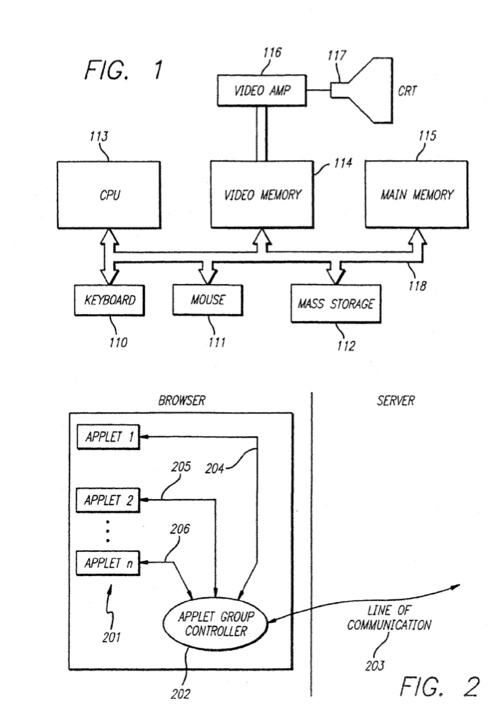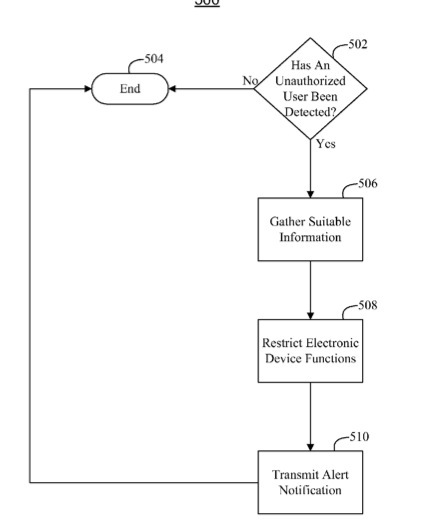In 2020, there will be greater adoption of Continuous Intelligence (CI) technologies, which will elevate IoT data analytics way beyond traditional operational levels and have a greater impact on strategic planning and organizational change, states global tech market advisory firm, ABI Research.
In its new whitepaper, 54 Technology Trends to Watch in 2020, the research group’s analysts have identified 35 trends that will shape the technology market and 19 others that, although attracting huge amounts of speculation and commentary, look less likely to move the needle over the next twelve months. “After a tumultuous 2019 that was beset by many challenges, both integral to technology markets and derived from global market dynamics, 2020 looks set to be equally challenging,” says Stuart Carlaw, chief research officer at ABI Research.
The concept of Continuous Intelligence (CI) will be consolidating in the IoT analytics market, enabling more advanced analytics in near-real time, adds Kateryna Dubrova, M2M, IoT & IoE analyst at ABI Research. Since the emergence and expansion of streaming analytics and streaming technologies, the ability to continuously analyze and extract value from the IoT data is growing.
The CI application will be possible because the cloud vendors and vendors are offering E2E platforms, expanding their capabilities through digital twinning, big data technologies, and ML algorithms.
“Hence, in 2020, ABI Research predicts greater adoption of CI technologies, which will elevate IoT data analytics beyond traditional operational level (maintenance and control), but we will also observe a greater impact on strategic planning and organizational change,” says Dubrova.
mMTC begun under 4G, with LTE-M and Narrowband-IoT (NB-IoT) being “forward-compatible” with the forthcoming 5G New Radio (NR) standard. Chipset vendors saw a greenfield opportunity to go from zero to hero with massive IoT, with some being established from scratch for the sake of developing a single NB-IoT baseband chip.
“This resulting race saw 17 baseband vendors emerge, but only four different ones currently supply most of the hundreds of LTE-M and NB-IoT products now available. HiSilicon, MediaTek, Qualcomm, and RDA (UNISOC) dominate. And this situation will only compound as we move toward Release 16 and the full coexistence of LTE-M and NB-IoT with 5G NR, i.e., the “official” start of the mMTC market,” says Jamie Moss, M2M, IoT & IoE research director at ABI Research. “Nothing succeeds like success and only those with strong early adoption, regardless of slow initial sales, will be there to enjoy the boom years to come.”




